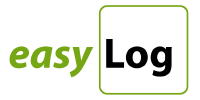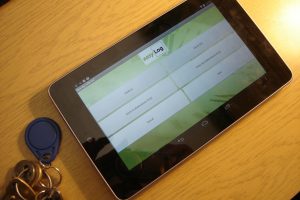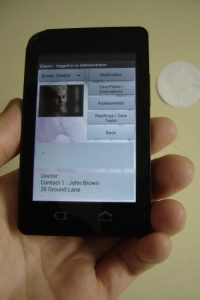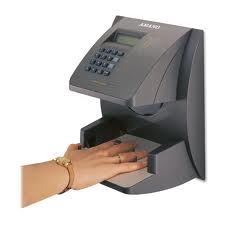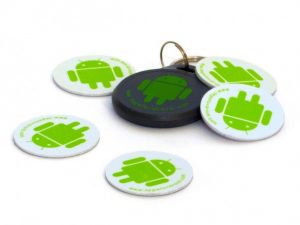This series of blogs focuses on the particular aspects of our care-Log+ care record management software that assist care providers to prove the care they have delivered in structured record sets. Above all we want to describe how the functionality of the software helps you deliver an auditable trail for inspection by any regulatory body.
In our previous blog (on recording for a CQC Inspection) we wrote about the detail and volume of information that it appears a care home may be audited on in a CQC Inspection. Nutrition and fluid records seem to be a particular focus as inspectors try to ascertain that the care home is providing correct input of both – and evidencing this by their records.
We remarked how users of our care-Log+ care record management system were able to satisfy the volume of their record keeping needs, whilst not losing focus on the fact that their care staff are employed to care rather than be administration clerks, in two ways: First, through the facilities care-Log+ offers to define the care records that the management team want the care staff to record. So fluid intake could be defined in terms of millilitre bandings (‘less than 20ml’, ’20ml – 40 ml’, ‘more than 40 ml’ for example) or by description such as in the example of an evening drink with ‘few sips’, ‘half taken’, ‘all taken’, ‘declined’. Secondly, the care staff can quickly record these notes not at a PC (although of course the option exists to do this) but on a wirelessly connected tablet PC that is either carried by the carer or wall-mounted in convenient locations around the home such as in the dining room or lounge.
However, by giving carers an easy and accessible method of recording their shift notes, haven’t we just created another mountain of records to look through only in electronic form rather than paper-based? Well yes we have but there is an extra aspect of the recording functionality (that works with the defining of the prompts and dropdown options that the carer sees on the tablet) that makes care-Log+ a very pro-active care management tool that allows a focus on the exceptions.
That additional facility is the option to mark specific responses, if selected by the carer, as flagging alerts. So in the examples given earlier, the selection of ‘less than 20ml’ for fluid intake could be designated as an alarm and thus alert the management team that the resident has consumed an insufficient volume. A warning is immediately placed on their desktop and will also appear in the Shift Handover report. The software presents the alert in an alarm list. Clicking on a line will then take the senior or matron reviewing the alert flags to the shift note record and present options to enter additional comments, review associated care plans and/or health and risk assessments, add a care task that notifies the care staff on the tablet PC to be aware of a particular care need (such as ‘prompt to drink’ in this case) over a period of time (for example every day for the next week) and, if relevant, access the resident’s body map image.
In this way care-Log+ provides an exception-based environment in which records are gathered very easily and in the volume required through use of the tablet PCs, and then automatically filtered by the software between the few that require immediate review and the majority which are held for reporting as and when required in the future.
If you would like to discuss any functionality or issues raised in this blog please call one of our team on 01892 834406 or e-mail us on info@easylog.co.uk
